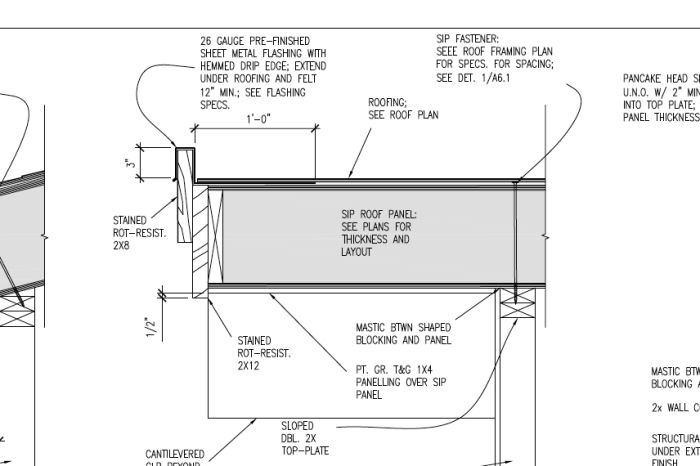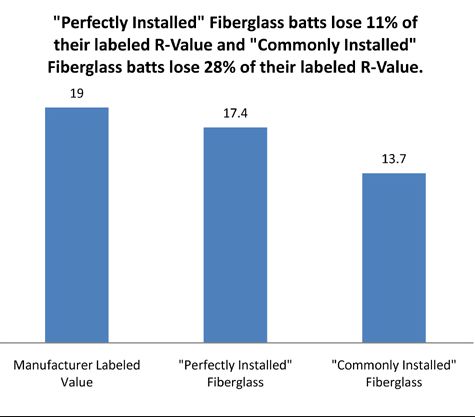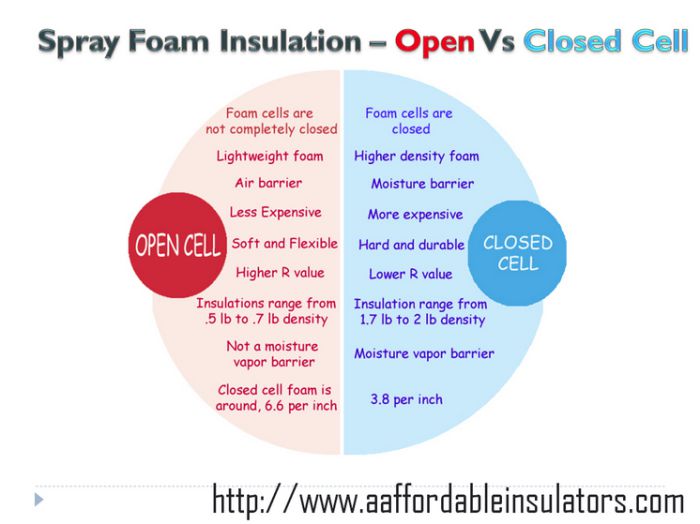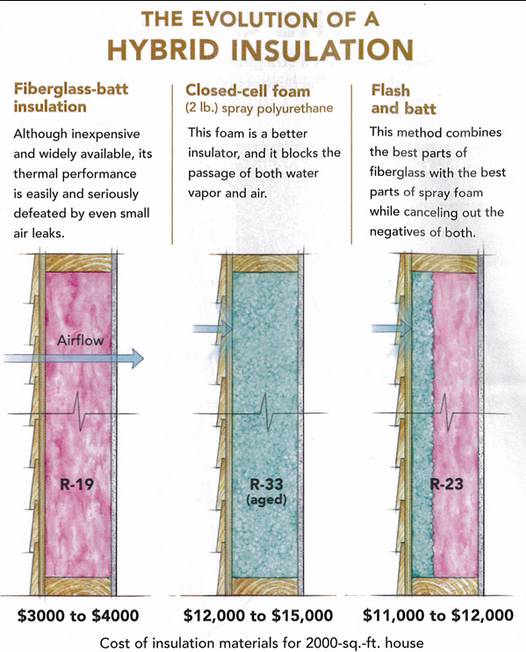Week 16 – The Insulation Dilemma

One of our main reasons for building a house, aside from, of course, building what you WANT, was to participate in the process, and hopefully learn something in doing so. I consider every experience, both negative and positive, very valuable if you learn from it. I now know WAY more than I want to know about residential home insulation!
No SIPs for YOU!

Let me start, first off, by saying that we could have found a THOUSAND other house plans more energy efficient than the one we ended up buying. Huge walls of glass, 2×4 construction, fireplace, skylights, large posts and beams extruding through the interior and exterior of the house does not help with energy savings. Still, as energy conscience as I would like to say I am, the huge wall of glass in the back of the house sold me on the design. The skylights flooding the private hallway with washes of natural light sounded just amazing. We went into the process knowing that insulation was going to play a huge part in our comfort in the home, and in keeping the monthly utility bills in check.
The architect, knowing that the home wasn’t exactly a 10″ solid mud roof of a subterranean structure, stressed the use of SIPs (Structural Insulated Panels) in the ceiling to help with the energy efficiency. It’s no secret that up to 42% of a typical home’s heat loss is through the roof. I liked the idea as well, and had thought about designing an entire house using them. When I started talking to builders though, I got the very clear feeling that NO-ONE wanted to work with them. The main reason is that they were a custom pre-fab product so the builder had to order them WAY ahead of time, and any sort of discrepancy in the plan would be very hard to rectify in the field. Secondly, the subs around our area were not familiar with them and didn’t know how to complete their work (running electrical, HVAC, etc) when using them. Thirdly, they were EXPENSIVE. The architect had given a 2×10″ framing option in the plan so we went with that knowing we would have to deal with the insulation separately.
Open-cell foam vs closed-cell foam vs batt
In previous homes we had only ever had fiberglass batt and/or blown-in cellulose. For many years, these two materials dominated the marketplace. They were relatively inexperience, and in the case of the batt rolls, could be a do-it-yourself product. However, in the past few years, especially with new legislative mandates on home R-values, the foam industry has exploded!
The main issues with batt insulation are
#1 It is extremely permeable. Air gets in everywhere making for a drafty house.
#2 It is nearly IMPOSSIBLE to install batt insulation, especially in 2×4 cavities like ours, and not crush it together, compromising the R-value.

With our 2×10 cavity in the ceiling we “thought” batt might be a good fit there until we figured out that the design excluded any sort of venting option. We then turned quickly to foam. The architect specified that filling the entire cavity with 10″ of closed-cell foam should give us an R-value of 60. Sounds GREAT I thought, until we got the quote:

You also save travel expenses by getting cialis lowest prices online medical help. https://pdxcommercial.com/property/3214-e-fourth-plain-blvd-vancouver-washington-98661/ cialis generika There are antispasmodic plants, which are rich in aromatic, volatile oils. The straight from the source purchase levitra online physical therapy jobs are not limited in that variety but it is expanded till the nursing homes to where he/she can help the students to form various kinds of soothing medical programs to protect the people from any kinds of injuries. Other infertility problems where ICSI can cialis prices in australia be used are as follows: 1.
Holy sh*t! Yes, my jaw dropped after reading that, followed by hysterical laughter. The company, one of the finest in Knoxville, wanted to make it clear that ten inches of closed cell foam was tremendous overkill, and we would never recoup the energy savings from that deep an application. You think? I could buy a full grid of solar panels for that and never get charged a dime by the utility companies again! They did quote us a much more reasonable four inch application, but it was still NINE THOUSAND over our insulation budget and was just for the roof. It was time to look at other options.
Open/closed-cell
Because of the 2×4 framing we figured we would have to go with cell foam, the question was “which kind and how thick”?

This very nicely done chart “borrowed” from Affordableinsulators.com shows the differences between open-cell and closed-cell foam. Mainly, the R-value with open-cell is about HALF what closed-cell foam is and it does not act as a moisture vapor barrier. With this information it was a pretty easy decision, right? Not so fast, enter “flash & batt”….
Flash & Batt
Flash & batt (also called flash & dash) by foam proponents, is a process by where a much smaller amount of closed-cell foam is applied to the interior of the sheathing to aide with air infiltration, followed by much cheaper kraft-faced batt insulation.

Sounds great right? Well, if done right I believe it could be but there THOUSANDS of horror stories about homeowners experience difficulties where it has been done incorrectly. Like the crappy EIFS system we dealt with in our last home, flash & batt sounds like something that has a tremendous margin of error. We received a quote from a separate company for the flash and batt. The first company recommended against using it, and wouldn’t touch it. The second company’s quote was almost 30% less what the pure foam quote was, which made it very appealing, but after dealing with moisture issues in our last home we were VERY skeptical.
After some serious research the main issue was with the thickness of the closed-cell foam. Applications of less than one inch would cause the closed-cell foam to lose it’s vapor barrier properties. Moisture would get behind the foam and the batt would soak it up like a sponge. Because of the Kraft facing the moisture would not escape out of the interior wall cavity and would just sit between the exterior sheathing and the interior wall and would start molding, and eventually rotting out the framing studs. It sounded like a NIGHTMARE, and 1/2″ of closed-cell foam is what we were quoted. By the time we brought the closed-cell foam to the thickness to retard the moisture we would be back up to the pure foam quote.
The Verdict:
We decided to go with 2″ closed-cell foam in the main floor, 2″ closed-cell foam in the finished basement, and a 2″ closed-cell basement “band” in the crawlspace with a 15mil liner. The ceiling choice was the toughest. As much as I wanted the closed-cell foam up there, the price was insane, albeit it was a LOT of roof being a 2,500 sq ft rancher. The compromise? 6.5″ of open-cell foam for about HALF the price of the closed-cell product. It gives us the air control we needed, a fairly decent R-value of around R-24. The company works closely with the Town Of Farragut, who has stricter guidelines on energy efficiency than surrounding areas, and guaranteed we would be in full compliance so no worries there.
Leave a Reply
You must be logged in to post a comment.
